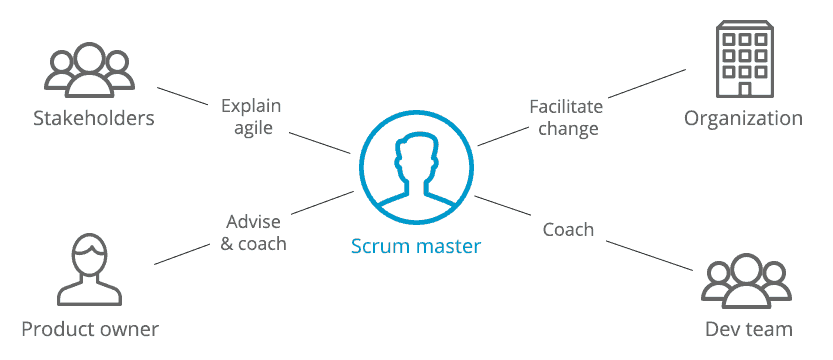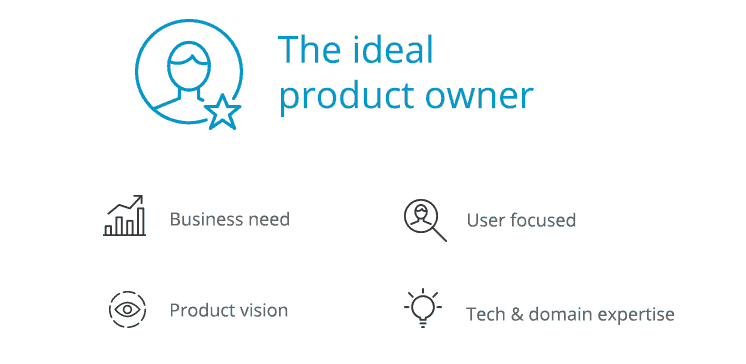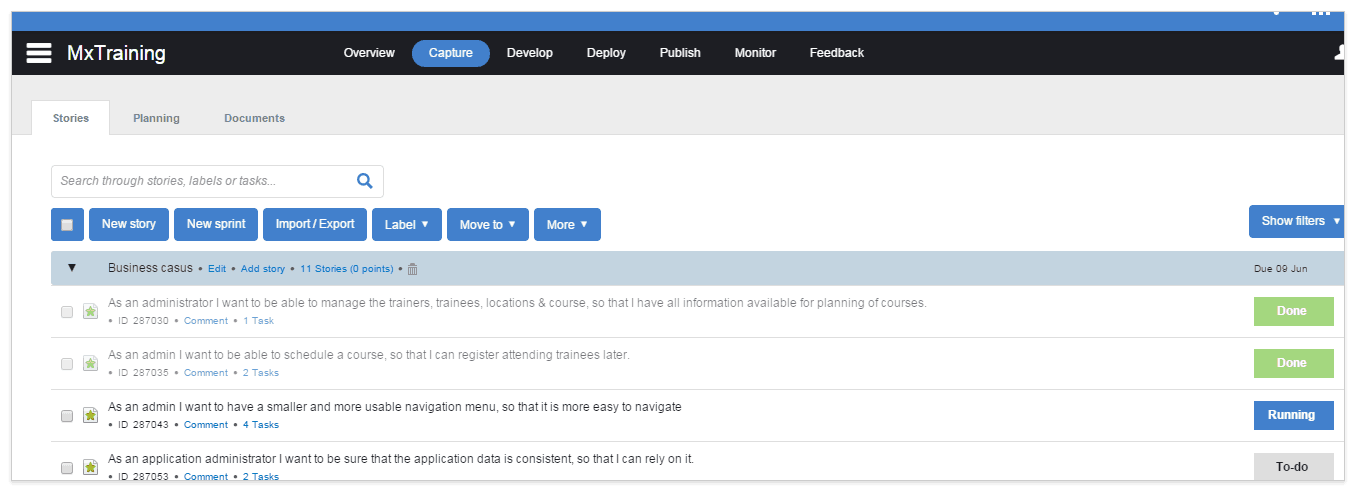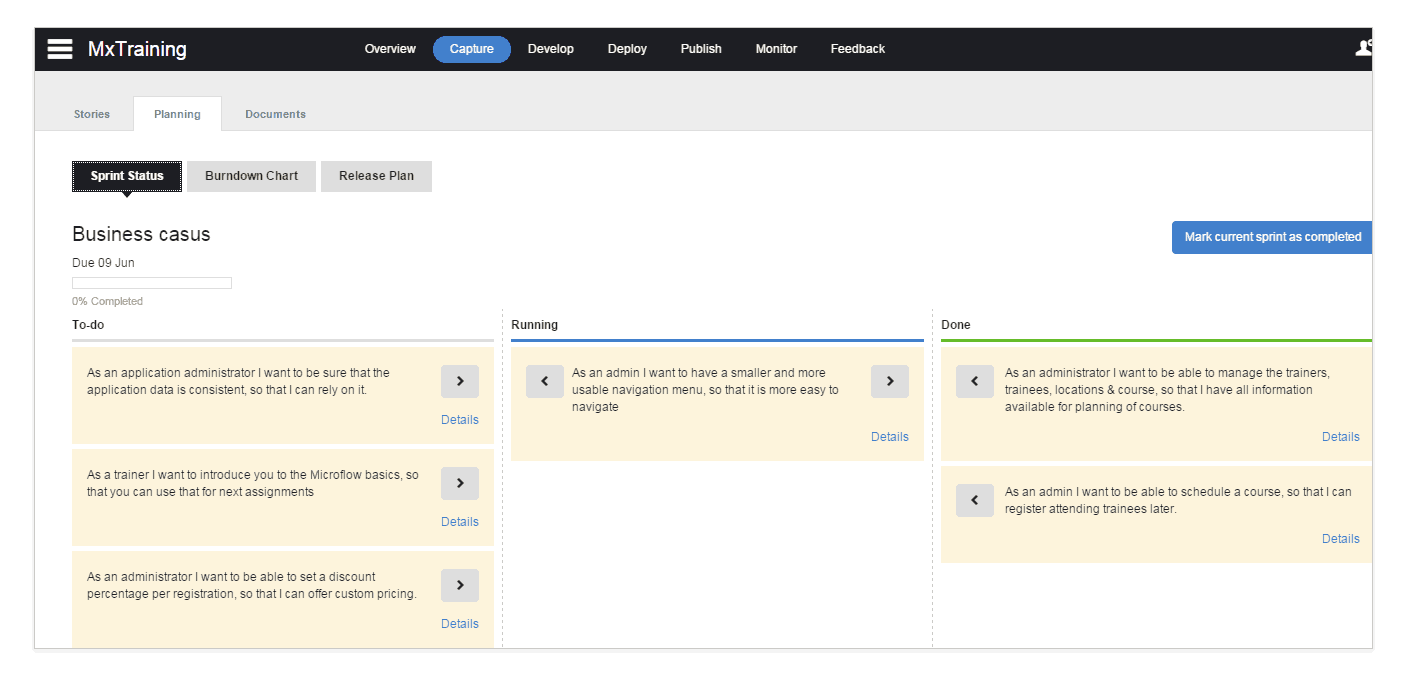5 Reasons Why Agile Fails & How to Fix It

Agile is a framework that can transform software delivery but it’s not without its drawbacks. When it works, Agile is amazing.
But given its iterative approach of continuous planning, testing, integration, and other forms of continuous development, there are certain circumstances when Agile does not work.
In this blog post, we discuss common Agile methodology failures and ways to fix them. Read more to learn about solutions to common problems with the Agile framework.
Agile is an iterative approach to software delivery
The goal with Agile is to build and deliver software incrementally based on feedback rather than trying to deliver the whole solution all at once.
Old methods, such as standard software development life cycle (SDLC) or waterfall methodology, do not deliver solutions as quickly and efficiently. By the end of a waterfall project – which can take years to complete – it’s also likely that the solution delivered does not provide what the users need.
This is a common problem across every IT department and software delivery company which is why the Agile methodology is becoming the new norm for projects that require flexibility.
In the agile platform methodology, there are four major roles: The product owner, the Scrum Master, the developer, and the end-user (or business team).
- The product owner’s role is to drive the vision of the solution. They need to understand the process they have to build.
- The Scrum Master’s role is to remove impediments from the development team and assist in any way possible.
- The development team includes software engineers, quality assurance, and any other person that is involved in building the solution.
- The end users are those who work within the final Agile application.
5 reasons why Agile doesn’t work
From my experience working with companies across healthcare, finance, education, government, and many other verticals, I have noticed that every company has its own spin on Agile.
And while every company needs to customize processes to their own unique group, there are a few common mistakes that I repeatedly see. Here are the top five mistakes made with Agile methodology implementation and tips for ways to avoid them.
1. Lack of trust
Lack of trust will kill any team project; it is toxic to the work environment. Since there are a lot of moving pieces and people involved, along with the pressure to deliver new features every 1-2 weeks, miscommunication is bound to arise during the agile process.
Hence, it’s important to be transparent. That means committing to reasonable deadlines and delivering. Everyone should feel that they are working together towards a common goal.
2. Communication breakdown and improper task delegation
The Scrum Master needs to serve the team. This involves:
- removing impediments that the development team might have
- coaching the product owner and other stakeholders
- sheltering the development team from politics or other distractions
In some projects, I’ve seen Scrum Masters who try to dictate what the team does, micro-managing all activities. This kind of leadership not only damages the team morale and shows a lack of trust – but it also prevents the team from achieving their goals.
I have also seen the opposite scenario, where the Scrum Master is disengaged. In this situation, the person may only attend meetings, leaving the person clueless about or unaware of what the team is doing.
The Scrum Master should be approachable, aware of any issues, and actively working to resolve them as soon as they arise. They should understand the technology being built and help out in any way they can. Here’s how it should work:

3. Scope creep and poor leadership
The product owner needs to be someone who has domain expertise, understands technology and the business need, and has a product vision.
This person interacts with the end users and the development team, guiding everyone toward the needed business solution. Given this person’s role, you need someone who can be the gatekeeper of user feedback, provide clear guidance, and manage expectations.

On one of my first projects, my client needed to go into production within 2-3 weeks and needed help resolving bugs during the user acceptance phase. We were quickly resolving bugs as they arose, but noticed that a lot of the user feedback was actually feature requests (not bug fixes)!
The users were submitting feature requests within 2-3 weeks of the production deadline and expecting everything to be delivered. The product owner was not working with the end users to manage their expectations or to clarify a feature versus a bug – they were merely passing information to the development team and expecting everything to be done.
It’s not surprising to learn that the project’s deadline got delayed further and further.
It’s imperative for the product owner to drive the vision of the project and to understand the business goal. But they also need to be firm and clearly manage user expectations. Otherwise, the project or even phase 1 of the project will never be done. This is where scope creep comes into play.
4. The project is overcomplicated
The more complex a project, the longer it takes and the more issues arise. When dealing with complex requirements, it is important for the development team along with the Scrum Master to plan and design the solution as best as possible. That means breaking up complex requirements into smaller stories and iterating over time.
If the team sees any impediments or if the Scrum Master notices anything that will be a roadblock in the future, all those issues should be raised ahead of time and a plan should be put in place. While you cannot account for all issues, it is important to know that every change made to the app during iterations has a cost.
Sometimes developers change really big features late in the project. And while the developers may understand the implications of this change, the end users expect that since it’s agile, things will just be okay and fix themselves. However, the only way for a project to succeed is to add other iterations and extend the deadline.
5. Using the wrong tools
Some tools are made for agile delivery – Hint Mendix! With Mendix, all the right tools for agile sprint planning and project delivery are in place. The team server handles all the user stories and sprints – below is an example of the user stories and sprint development.

Figure 3: Screenshot of the current sprint user stories

Figure 4: Progress of user stories along with a burndown chart
How to make Agile work better with Mendix
Mendix can solve all of the common problems listed above. Mendix’s Agile-friendly low-code platform seamlessly elevates Agile workflows leading to an empowered scrum. The product owner, Scrum Master, developer, and end-user or business team can all benefit from low-code.
You don’t need to have spreadsheets or whiteboards to track the progress of the project – you can simply use all the team server features. Mendix not only makes the development process easier and faster but we offer the right tools for managing the project in an effective and Agile manner.
Don’t miss the mark with Agile
In conclusion, the agile methodology works best when:
- there is trust within the team
- Scrum Masters and Product owners are willing to work together towards the solution
- teams use the right tools and methods for streamlining the process
Overall, each company is different and has its own culture and methods for development. It is important for trust within the company and the team members for projects to be successful, along with training and support provided when needed.
